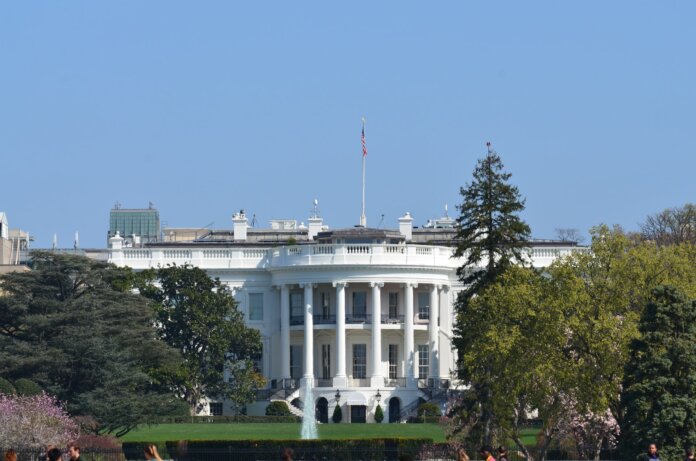The U.S. Environmental Protection Agency (EPA) has proposed new federal vehicle emissions standards that will help accelerate the transition to clean vehicles.
The first set of proposed standards, the Multi-Pollutant Emissions Standards for Model Years 2027 and Later Light-Duty and Medium Duty Vehicles, builds on EPA’s existing emissions standards for passenger cars and light trucks for MYs 2023 through 2026. The proposal retains the proven regulatory design of previous EPA standards for light-duty vehicles, but leverages advances in clean car technology to further reduce both climate pollution and smog- and soot-forming emissions.
Between 2027 and 2055, the total projected net benefits of the light- and medium-duty proposal range from $850 billion to $1.6 trillion. The proposal is expected to avoid 7.3 billion tons of CO2 emissions through 2055, equivalent to eliminating all greenhouse gas emissions from the entire current U.S. transportation sector for four years.
EPA’s proposal considers a broad suite of available emission control technologies, and the standards are designed to allow manufacturers to meet the performance-based standards however works best for their vehicle fleets. EPA projects that for the industry as a whole, the standards are expected to drive widespread use of filters to reduce gasoline particulate matter emissions and spur greater deployment of CO2-reducing technologies for gasoline-powered vehicles.
The proposed standards are also projected to accelerate the transition to electric vehicles. Depending on the compliance pathways manufacturers select to meet the standards, EPA projects that EVs could account for 67% of new light-duty vehicle sales and 46% of new medium-duty vehicle sales in MY 2032.
The proposed MY 2032 light-duty standards are projected to result in a 56% reduction in projected fleet average greenhouse gas emissions target levels compared to the existing MY 2026 standards. The proposed MY 2032 medium-duty vehicle standards would result in a 44% reduction compared to MY 2026 standards.
The Biden administration says the proposed standards align with commitments made by automakers and U.S. states as they plan to accelerate clean vehicle technologies in the light- and medium-duty fleets in the next 10 to 15 years.
The second set of proposed standards, Greenhouse Gas Standards for Heavy-Duty Vehicles – Phase 3, would apply to heavy-duty vocational vehicles, such as delivery trucks, refuse haulers or dump trucks, public utility trucks, transit, shuttle, school buses, and trucks typically used to haul freight. These standards would complement the criteria pollutant standards for MY 2027 and beyond heavy-duty vehicles that EPA finalized in December 2022 and represent the third phase of EPA’s Clean Trucks Plan.
These Phase 3 greenhouse gas standards maintain the flexible structure that EPA previously designed through a robust stakeholder engagement process to reflect the diverse nature of the heavy-duty industry. Like the light- and medium-duty proposal, the heavy-duty proposal uses performance-based standards that enable manufacturers to achieve compliance efficiently based on the composition of their fleets.
The projected net benefits of the heavy-duty proposal range from $180 billion to $320 billion. The proposal is projected to avoid 1.8 billion tons of CO2 through 2055, equivalent to eliminating all greenhouse gas emissions from the entire current U.S. transportation sector for an entire year.
Photo by Michael Schofield on Unsplash







